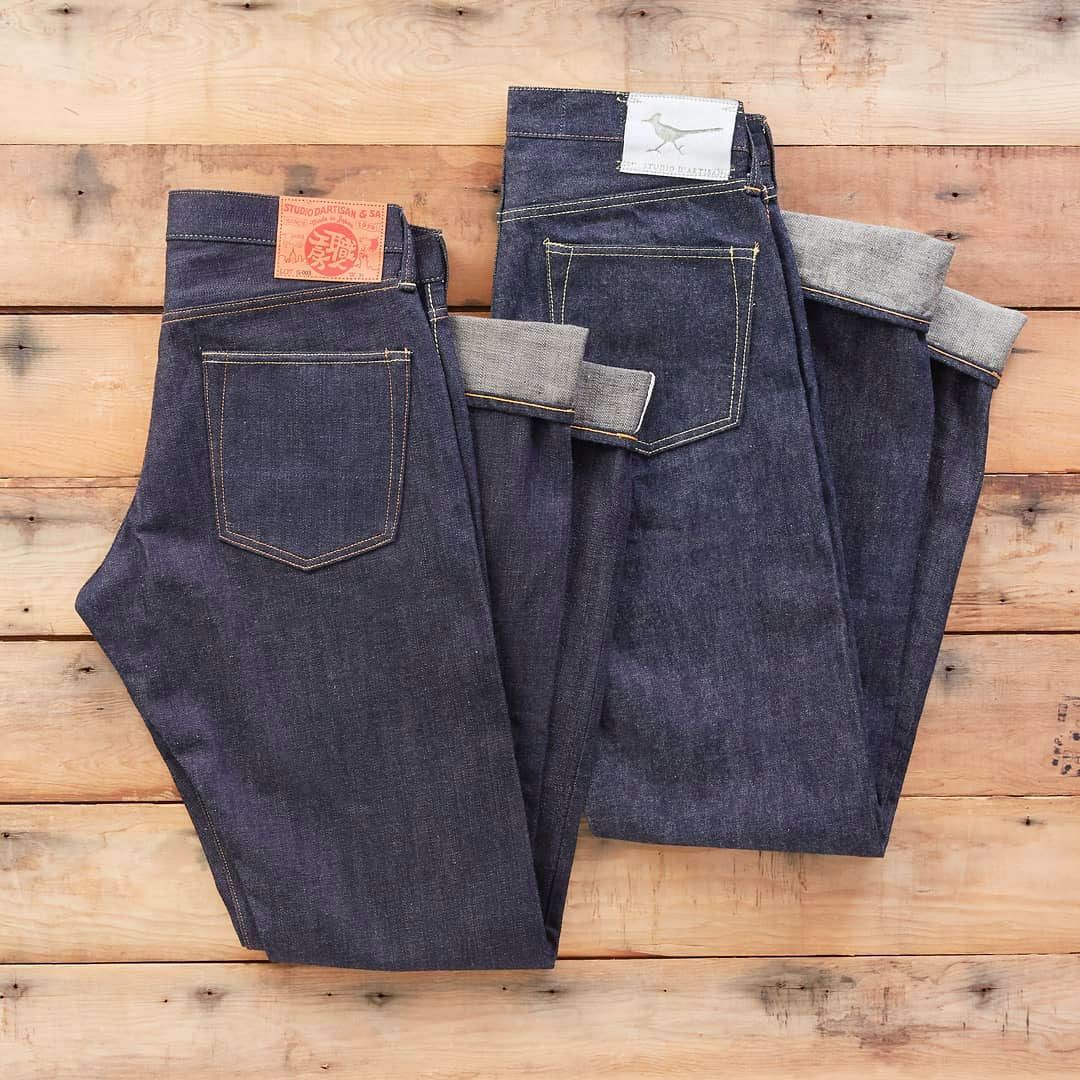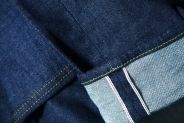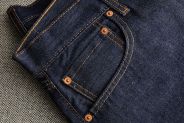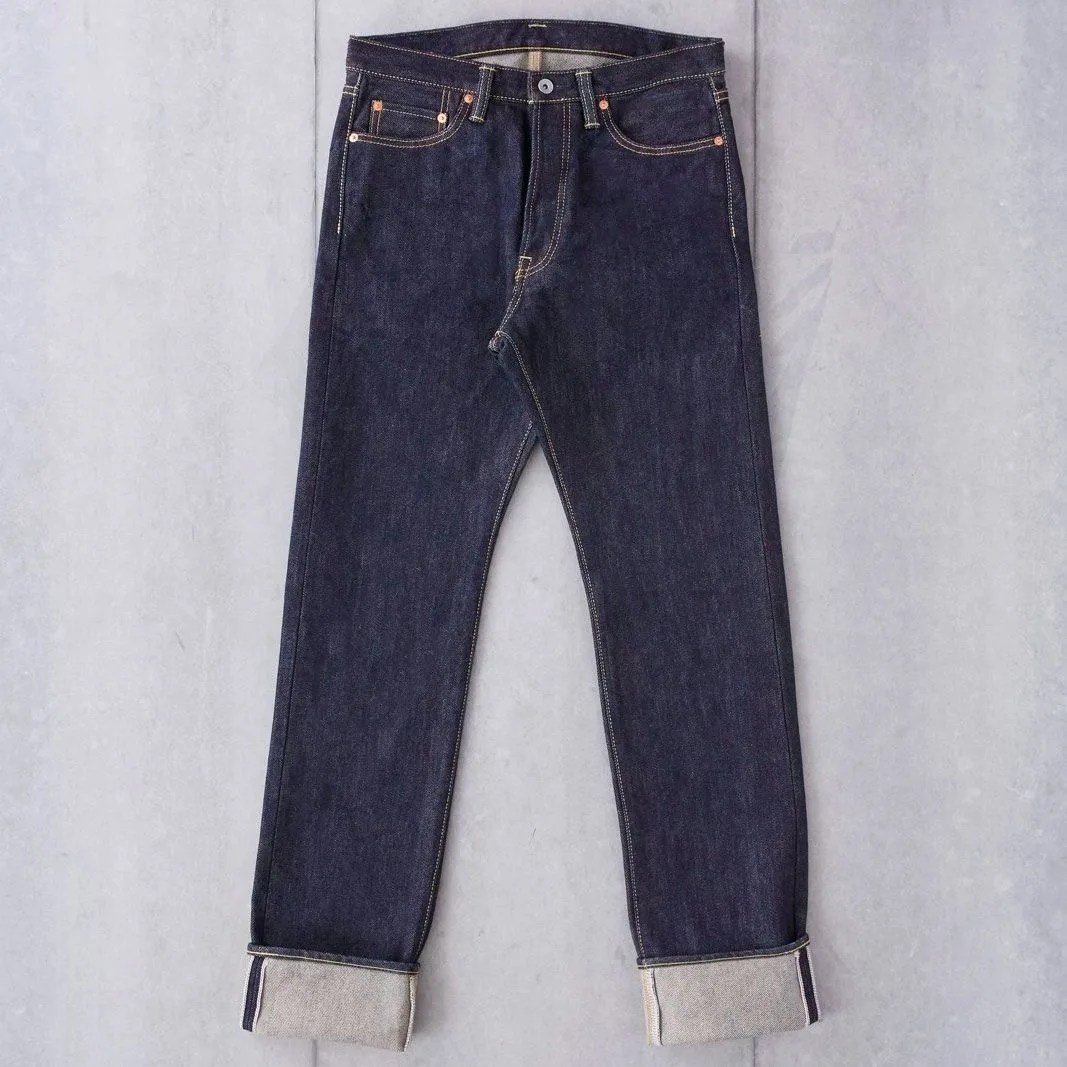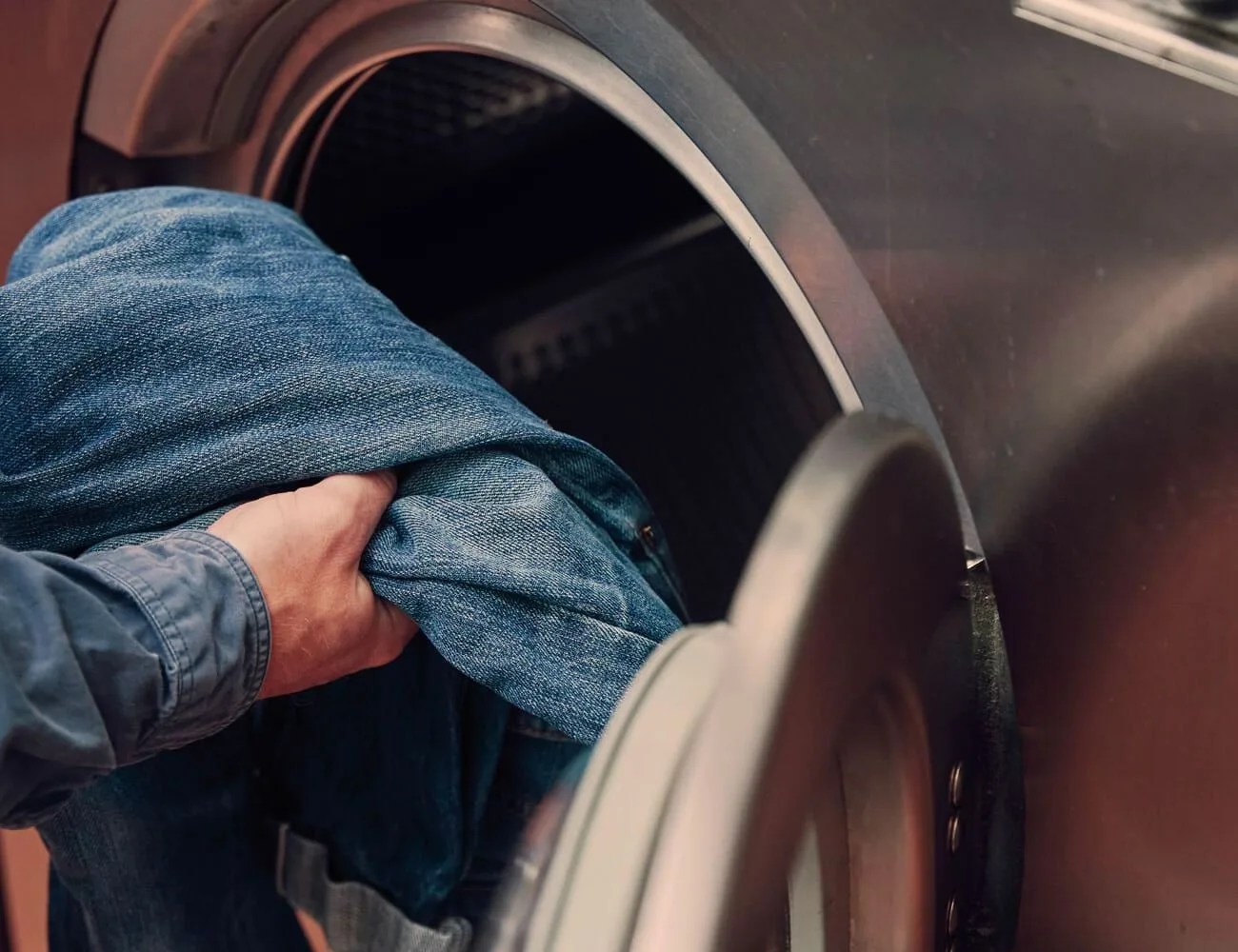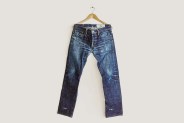The blue jean is one of the most ubiquitous garments in the world and changed fashion forever when Levi Strauss commercialized — not invented — the garment in the late-1800s. Today, there’s hardly a closet without a pair. While today’s versions are washed down for softness and distressed for a worn-in look, every jean starts out as a raw, blank canvas of indigo and cotton.
For about a century, blue jeans were only ever found in their raw, rigid state. It wasn’t until the 1970s that pre-distressed denim hit the market, circumventing the need to go through the arduous break-in process. The world hasn’t looked back since.
But in recent years, independent brands sought to recreate the stiff jeans of years’ past in pursuit of authenticity. Dozens of brands have popped up in raw denim’s revival, luring denimheads with selvedge denim, artisanal dye techniques, textured fabrics and rare vintage details. The journey through a cardboard, indigo-soaked gauntlet to your own personally faded jeans is a rite of passage for fashion heads.
If you’re just getting into it and are considering your first pair, you’ve perhaps heard a ton of advice from forums and friends who’ve been baptized into denimhood via the bathtub. So, to cut through the noise a bit, we talked with Jason Pecarich, founder of Seattle-based store Division Road, to point out the factors that you should definitely ignore as first-time raw denim buyer.
What to Know (and Ignore)
First of all, there are no rules. As corny as it sounds, especially with something as trivial as jeans, it’s just as much about the journey as it is about the end result (the fades). “What makes raw denim so special is that the end result – and process – is uniquely yours. There is no right or wrong way to wear your jeans,” Pecarich says. If you’re struggling to ‘get it right’ just remember that. Trust the information below to make the process easier by offering helpful information but also the ins and outs you can ignore entirely.
The Weight of Your Denim
The weight of your denim is and is not a big deal. Yeah, you’ll be wearing them every day (in your sleep, even, if you’re particularly gung-ho), so it makes sense to be picky about the fabric. But, if it’s your first pair of raw denim jeans, keep it simple and midweight. That’s anything around 13 to 15 ounces. At this weight, Pecarich says it “will still feel substantial, have longevity and give you that stiff raw denim feel and can help prevent overstretching. “
A common misconception is that heavy weight means longer lasting and this is not always the case. Pecarich notes that factors like cotton variety and quality, yarn type and weave tension are better indicators for longevity.
